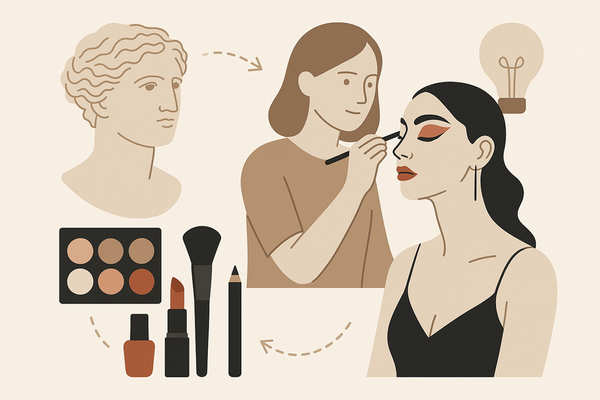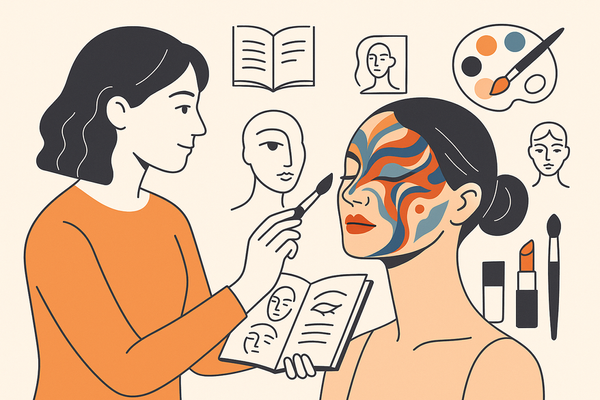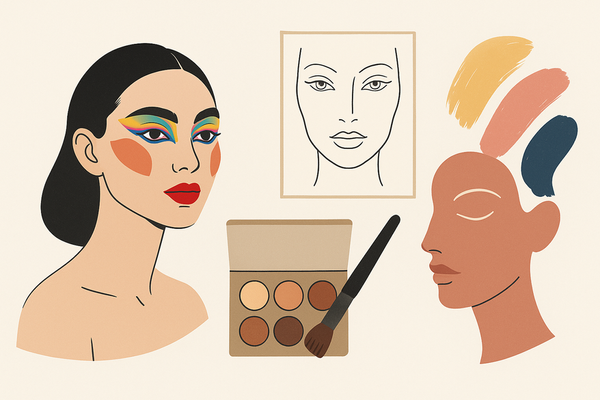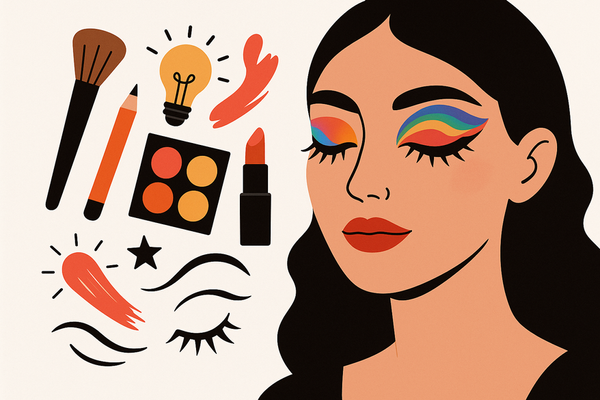AI Analysis for Makeup Style Decision: Transform Your Look with Personalized Beauty Tech
Discover how AI analysis for makeup style decision transforms beauty routines with personalized, data-driven recommendations for stunning results.
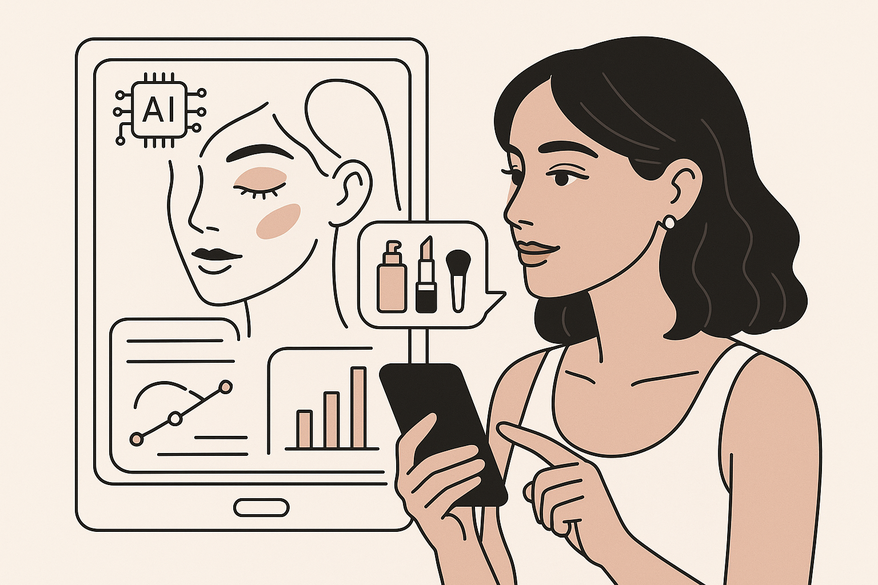
Estimated reading time: 8 minutes
Key Takeaways
- AI leverages computer vision and deep learning to personalize beauty recommendations.
- Real-time virtual try-ons streamline product selection and boost confidence.
- Major brands like L’Oréal, Estée Lauder, and Sephora integrate AI for enhanced shopper experiences.
- Future trends include AI-driven formulations, immersive AR/VR, and hyper-personalized routines.
Table of Contents
- What Is AI Analysis in Makeup?
- Technology Overview
- Current Examples
- Step-by-Step AI Workflow
- Why Use AI for Your Makeup Choices?
- Human Expert vs. AI Expert
- Brands Leading the Way
- Emerging Innovations
- What’s Next for AI in Beauty?
- Harness AI for Your Best Look
What Is AI Analysis in Makeup?
AI analysis in makeup uses advanced algorithms to scan your facial features, skin tone, and personal preferences, then delivers tailored product and style suggestions. It’s the bridge between data science and beauty artistry, ensuring every recommendation suits your unique needs.
Technology Overview
- Deep neural networks trained on vast facial image datasets
- Computer vision to assess selfies or live video frames
- Data points: skin undertone, face shape, pigmentation, lighting
- Seasonal trend updates for context-aware accuracy
Current Examples
- Perfect Corp.’s YouCam Makeup: shade matching, virtual try-ons, and real-time tutorials (Virtual Makeup Try-On)
- Sephora Virtual Artist: AR overlays for lipsticks and foundations
Step-by-Step AI Workflow
Step 1 – Data Input
- Upload a clear selfie or start a live video scan
- Specify skin concerns, style preferences, occasion, coverage
Step 2 – Automated Processing
- AI extracts facial landmarks and skin metrics
- Models match features against product and trend databases
- Algorithms factor in seasonal and global makeup trends
Step 3 – Output
- Personalized product recommendations: ideal shades, formulas, tools
- Virtual try-on overlays with guided application steps
- Integration with smart mirrors and voice-activated consults
Why Use AI for Your Makeup Choices?
- Personalization: Advice tuned to your facial structure, skin tone, and lifestyle
- Efficiency: Instant, data-driven picks over time-consuming in-store tests
- Accessibility: 24/7 expert-level guidance on any device
- Confidence Boost: Removes guesswork for daring new looks
- Proven Impact: Up to 35% lift in satisfaction after AI adoption
Human Expert vs. AI Expert
- Subjectivity vs. Objectivity: Human advisors draw on personal taste; AI relies on consistent algorithms
- Availability: In-store sessions vs. AI tools accessible anytime
- Consistency: AI updates with fresh data; human advice varies by consultant
- AI Limitations: May overlook cultural or emotional nuances
- Best of Both: Blend Traditional vs AI Makeup Analysis for special events
Brands Leading the Way
- L’Oréal – Style My Hair AR & ModiFace: Foundation and hair color AR matching
- Estée Lauder – Virtual Try-On Tool: Mobile apps and in-store kiosks
- Amorepacific – Wanna-Beauty AI: Voice consults with smart mirrors
Emerging Innovations
- Audio-guided tutorials for visually impaired users
- On-the-spot shade scanning devices (Foundation Shade Match Online Guide)
What’s Next for AI in Beauty?
- AI-Driven Formulation: Custom blends based on live skin analytics
- Immersive AR/VR: 3D mapping with dynamic lighting
- Hyper-Personalized Routines: Adaptive daily regimens
- Ethics & Privacy: Biometric data safety, transparent consent
Harness AI for Your Best Look
Embrace the future of beauty with AI analysis for makeup style decisions. From deep learning algorithms to AR-enabled try-ons, you can achieve a flawless, personalized look in minutes. Ready to transform your routine? Try Makeup Check AI today and share your thoughts below!
FAQ
- How accurate are AI makeup recommendations? AI tools can achieve over 90% shade-match accuracy by learning from large datasets and real-world feedback.
- Is my facial data secure? Reputable platforms use encryption, anonymization, and GDPR-compliant consent workflows.
- Can AI replace human makeup artists? AI excels in data-driven personalization, but the artistic flair of professionals remains invaluable for creative expressions.
- Do I need special equipment? Most AI services work on standard smartphones or webcams. Advanced setups (smart mirrors) are optional.

